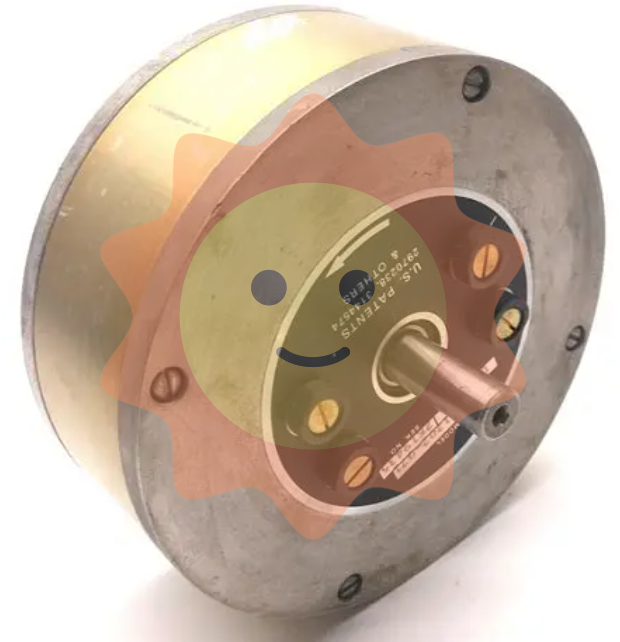Review the history of life science in China
Studying abroad became one of the main ways to learn natural science from the West at that time. Since 1875, the number of Chinese students studying in Europe, America and Japan has gradually increased. Limited by money and language, most of them studied in Japan in the early days. Since 1909, China has used the Boxer indemnity returned by the United States to fund a group of outstanding young people to study in the United States. According to the agreement between the two sides, in the first four years, China sent no less than 100 students to the United States each year, which kicked off the prelude of a large number of Chinese students to study in European and American universities and research institutions. In 1916, Zou Bingwen received a bachelor's degree in plant pathology from Cornell University in the United States and returned to teach at Jinling University. In 1920, as China's first doctor of biology, Bingzhi returned from the United States. In 1921, Bingzhi established the first modern university biology department built by the Chinese people. In 1922, China's first biological research institution "Institute of Biology, Science Society of China" was established, and Bingzhi was the director. In 1928, Bingzhi and Hu Xianxu led the establishment of the North Calm Biological Survey Institute. The Academia Sinica, founded in June 1928, and the National Beiping Research Institute, founded in September 1929, were the two most important large-scale comprehensive scientific research institutions in China at that time, marking the basic completion of the institutionalization process of scientific research in China. Peking Union Medical College, founded in 1917, was an important institution of biomedical research in China at that time, concentrated a large number of outstanding scientists, and was the key town of experimental biology in China. In the 1930s, China's university departments, research institutions and major branch discipline societies of biological sciences were established one after another, and journals and books were published. In 1937, the development of social economy and technology was interrupted by Japan's all-out war of aggression against China. Due to the war, the brain drain of Peking Union Medical College is very serious.

Pharmacologists Chen Kehui and Xie Heping returned to the United States before and after the Anti-Japanese War, and Wu Xian and Lin Kesheng went to the United States from 1948 to 1949. Many universities and research institutions have moved to Southwest China, and the conditions for running schools and research are extremely difficult. After the end of the Second World War, China's education and scientific research work has been initially restored, in 1948, Academia Sinica selected 25 members of the biological Group and 1 member of the mathematical physics and Chemistry Group (Wu Xian) in the field of life sciences, almost all of them are scholars who returned from studying in Europe and the United States before the outbreak of the War of Resistance against Japan (only Luo Zongluo 1 person studied in Japan). After the victory of the Anti-Japanese War, the number of people studying abroad reached a considerable scale. At that time, there were 5,541 overseas students in China, most of whom went abroad from 1946 to 1948, among which the number of students studying in Europe and the United States was the largest, and only the students staying in the United States accounted for 63% of the total number of international students. Students studying life sciences in the United States are mainly concentrated in prestigious universities such as Harvard University and Cornell University. The early returned students overcame difficulties and difficulties in an environment of scarce funds, brought Western scientific knowledge and research methods into China and localized them, established basic scientific research and teaching systems in China, endeavoring to cultivate local talents, and developed science through effective international cooperation. Their work has laid an important foundation for the development of life sciences in China.
After the founding of the People's Republic of China, in the early stage, it mainly sent students to the Soviet Union and Eastern European countries, and independently trained various specialized talents in natural science. In the 1950s and 1960s, China sent more than 10,000 students to study in the Soviet Union and more than 1,000 students to study in Eastern European countries. After 1976, higher education and graduate training were restored, and the number of undergraduates and graduate students graduating from higher education institutions increased year by year. The college entrance examination was resumed in 1977, and only 250,000 students out of 5.7 million were admitted. From 1977 to 2017, about 57.6 million undergraduates were enrolled. Since 1995, China has enrolled 7.71 million graduate students. In 1982, only six people in our country received doctorates; In 2002, the number of doctoral degrees awarded that year reached 14,368. From 1987 to 2017, the total number of doctoral graduates reached about 700,000. Since 1978, China has once again launched the program of selecting and sending overseas students. That year, 52 young students were sent to universities and research institutions in the United States, which was the first batch of students to go to the United States after the founding of New China. In 2007, there were more than 350,000 Chinese students studying in American universities and research institutions. In 1979, American physicist and Nobel Prize winner Professor Lee Zhengdao initiated the China-United States Physics Examination and Application Program (CUSPEA Program). Every year, more than 100 Chinese students are selected to study physics at leading universities and research institutions in the United States. Then Rui Wu, an American molecular biologist and professor at Cornell University, launched the China-United States Biochemistry Examination and Application Program (CUSBEA program). The program, which began in 1982 and ended in 1989, sent 422 students in eight classes. At the same time, domestic education and scientific research have also been rapid development, training a large number of local scientists. Especially in the last 20 years of the 20th century, the locally trained scientists, under the conditions of poor scientific research conditions and lack of scientific research funds, assumed the heavy responsibility of revitalizing the motherland's science and technology. Their contributions largely filled the gap between generations of research and education teams at that time, and laid the foundation for China's life science research to catch up with the world's advanced level. In the 21st century, a large number of students have returned to their motherland to join the education and science and technology careers. Funding for scientific research and development increased somewhat before the 1990s, but the total amount remains low. Even in 1990, the national R&D expenditure was only 12.5 billion yuan. However, by 2018, China's investment in research and experimental development reached 2 trillion yuan, ranking second in the world. To be precise, the earth-shaking changes in China's life science should be attributed more to the last 40 years. However, the rapid development of these 40 years is the result of the hard work of senior scientists in the past nearly 100 years.
- EMERSON
- Honeywell
- CTI
- Rolls-Royce
- General Electric
- Woodward
- Yaskawa
- xYCOM
- Motorola
- Siemens
- Rockwell
- ABB
- B&R
- HIMA
- Construction site
- electricity
- Automobile market
- PLC
- DCS
- Motor drivers
- VSD
- Implications
- cement
- CO2
- CEM
- methane
- Artificial intelligence
- Titanic
- Solar energy
- Hydrogen fuel cell
- Hydrogen and fuel cells
- Hydrogen and oxygen fuel cells
- tyre
- Chemical fiber
- dynamo
- corpuscle
- Pulp and paper
- printing
- fossil
- FANUC
- Food and beverage
- Life science
- Sewage treatment
- Personal care
- electricity
- boats
- infrastructure
- Automobile industry
- metallurgy
- Nuclear power generation
- Geothermal power generation
- Water and wastewater
- Infrastructure construction
- Mine hazard
- steel
- papermaking
- Natural gas industry
- Infrastructure construction
- Power and energy
- Rubber and plastic
- Renewable energy
- pharmacy
- mining
- Plastic industry
- Schneider
- Kongsberg
- NI
- Wind energy
- International petroleum
- International new energy network
- gas
- WATLOW
- ProSoft
- SEW
- wind
- ADVANCED
- Reliance
- YOKOGAWA
- TRICONEX
- FOXBORO
- METSO
- MAN
- Advantest
- ADVANCED
- ALSTOM
- Control Wave
- AB
- AMAT
- STUDER
- KONGSBERG
- MOTOROLA
- DANAHER MOTION
- Bently
- Galil
- EATON
- MOLEX
- Triconex
- DEIF
- B&W
- ZYGO
- Aerotech
- DANFOSS
- KOLLMORGEN
- Beijer
- Endress+Hauser
- MOOG


Email:wang@kongjiangauto.com
























































































